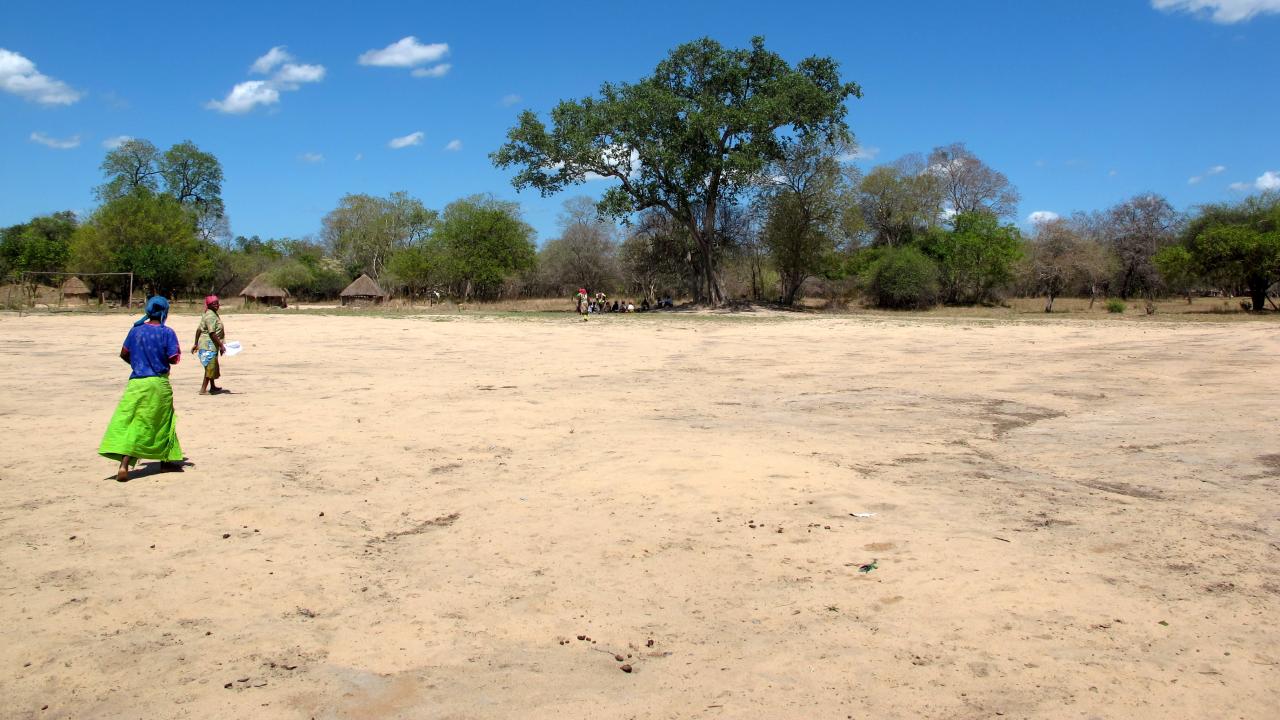
5 Steps to Ensuring Agricultural Risk Management Tools Have Development Impact
5 Steps to Ensuring Agricultural Risk Management Tools Have Development Impact
Needs Assessment
Identify where shared risk is a key constraint to growth for smallholder farmers and where insurance or other risk management tools can crowd in new investment and prudent risk-taking. These are the areas where development impacts will be maximized.
 Resources
Resources
Determine the near- and long-term goals, objectives, resources and political will available to support index insurance in the country. Be sure to also assess private sector infrastructure for marketing and distribution, as well as the technical expertise needed to implement.
Data
Improve and increase the collection of high-quality data on production, weather and other related factors. High-quality data, especially for index insurance products, can help to craft interventions that are both high-impact and highly scalable.
Quality
Ask basic quality questions about any proposed index insurance intervention. Low-quality products can damage the insurance market for future interventions or even leave farmers worse off than if they had purchased no insurance at all.
Evaluation
Invest in long-term research and impact evaluations. Promoting resilience through risk management requires rigorous testing to find out what works and how to best integrate risk management programs into broader development strategies to maximize impact.
Learn more about index insurance for agricultural risk management from the Index Insurance Innovation Initiative (I4).
